
Foam Under Footings from Ontario Building Code Basement Insulation
Keeping the Heat In Keeping The Heat In - Section 6: Basement insulation: floors, walls and crawl spaces Basements can account for about 20 percent of a home's total heat loss. This is due to the large, uninsulated surface area both above and below grade level. Contrary to popular opinion, earth is a poor insulator.
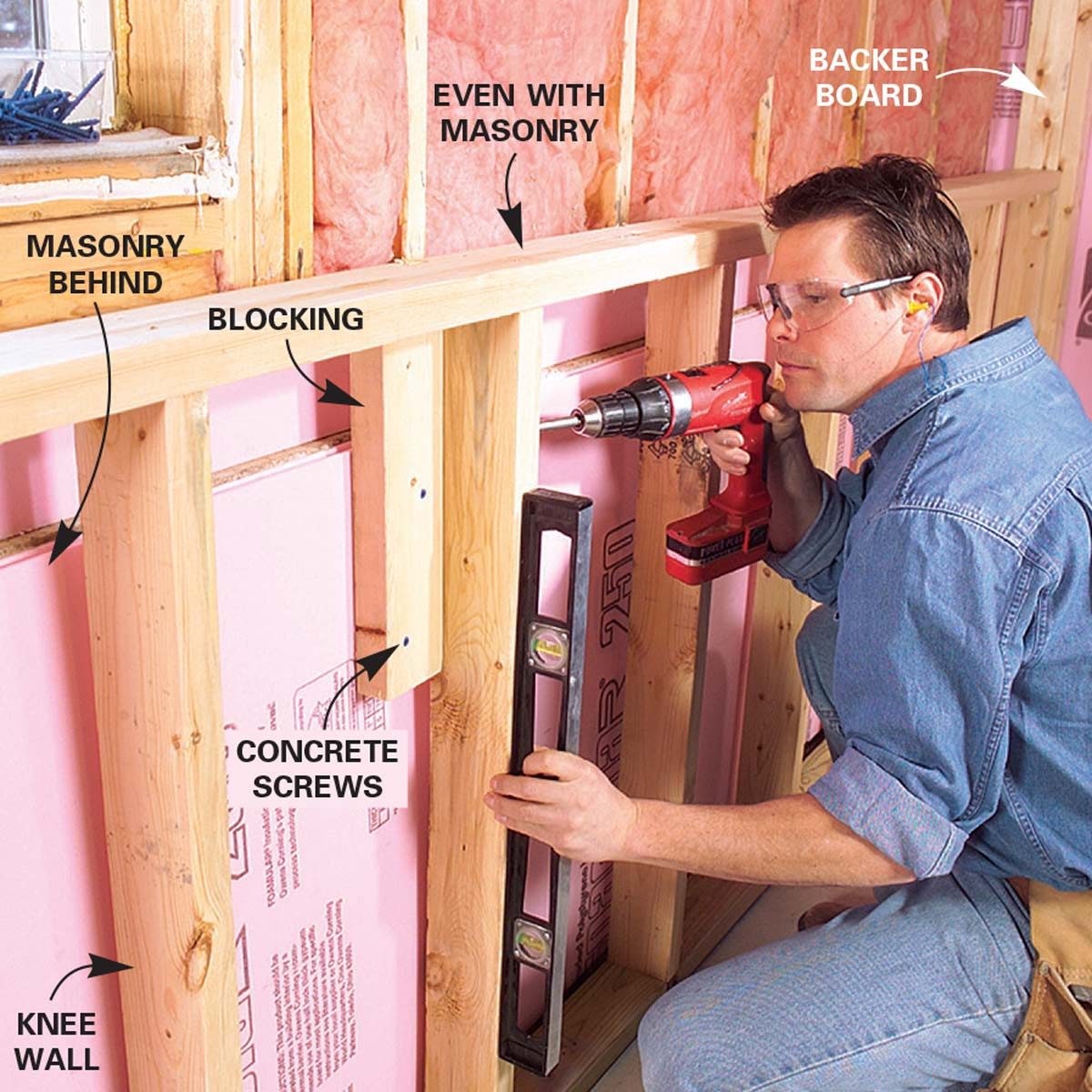
Best Way To Insulate Basement Walls
The following basement insulation techniques listed here are designed to offer the most sensible and durable options for interior insulation, exterior insulation, or ideally, a combination of both.

How To Insulate Block Wall Basement
It turns out the slab is broken and must be removed and repoured. Contractor will put a layer of 3/4″ stone, 2″ Styro insulation and vapor barrier below the slab, install interior perimeter drain below slab (beside footing), and link to sump pump. We are considering hydronic radiant heating in the slab too.

How to Insulate a Basement Wall GreenBuildingAdvisor
Three Ways to Insulate a Basement Wall For interior foundation insulation, the safest choices include rigid foam board and spray polyurethane foam. By Martin Holladay Basement wall insulation can be placed on the exterior side of the wall, on the interior side of the wall, or on both sides of the wall.

Best Way To Insulate Basement Concrete Walls Openbasement
1. Any and all moisture issues should be dealt with before insulating basement walls. Moisture in the basement is a major problem that needs to be handled before installing any type of.
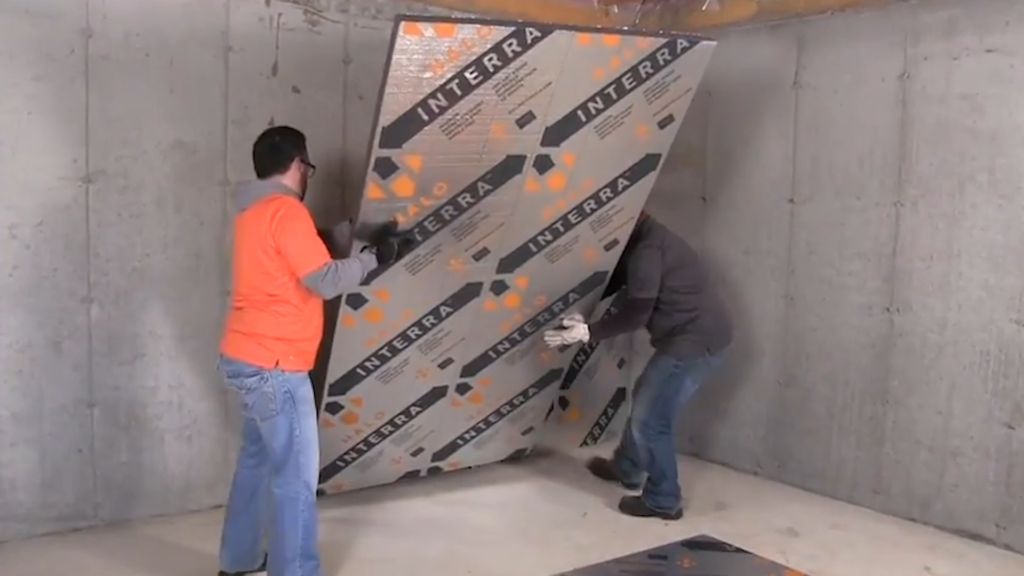
How To Install Rigid Foam Insulation Basement Walls Openbasement
Insulation All basements must be properly insulated in order to comply with the building code. The type of insulation that is required will depend on the climate in your area. In most cases, fiberglass batts or spray foam insulation will be sufficient. In Supplementary Standard SB-12, the required R-value for the basement is R20.
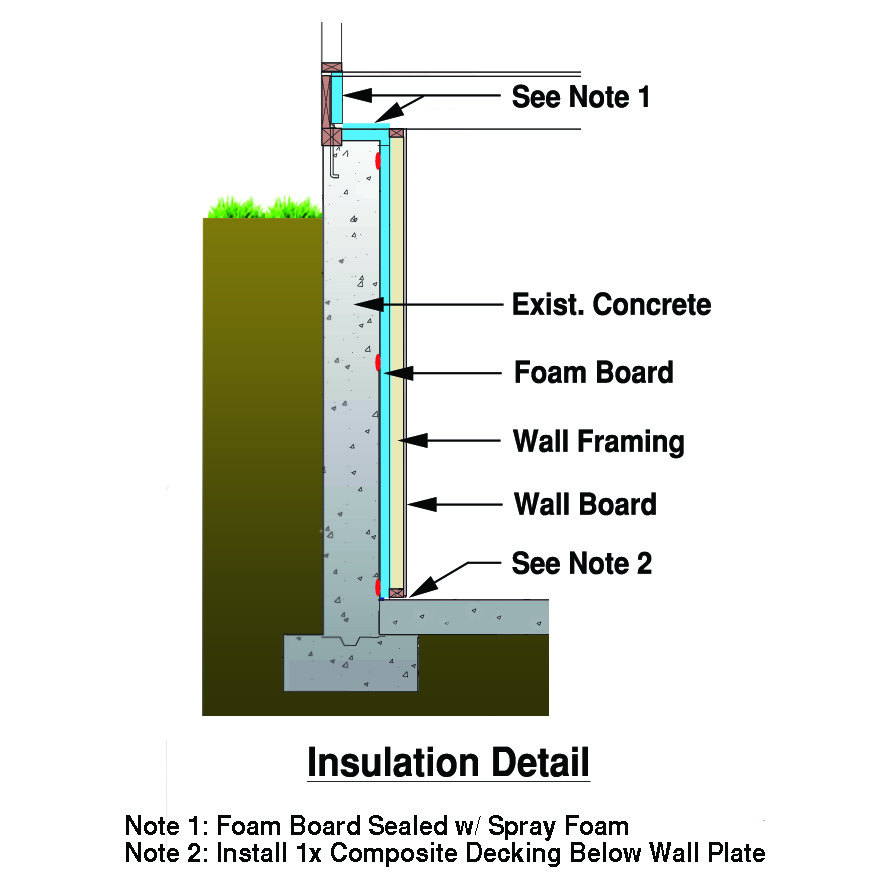
Best Way To Insulate Basement Walls Canada Openbasement
After the cement is set, apply a foam board adhesive to the rear of a polystyrene insulation panel, then press the panel to the wall. Make sure your adhesive is free of solvents, which can eat away at the foam insulation. Adhere and apply the remaining panels. Next, you will create a wood grid that will hold the drywall.
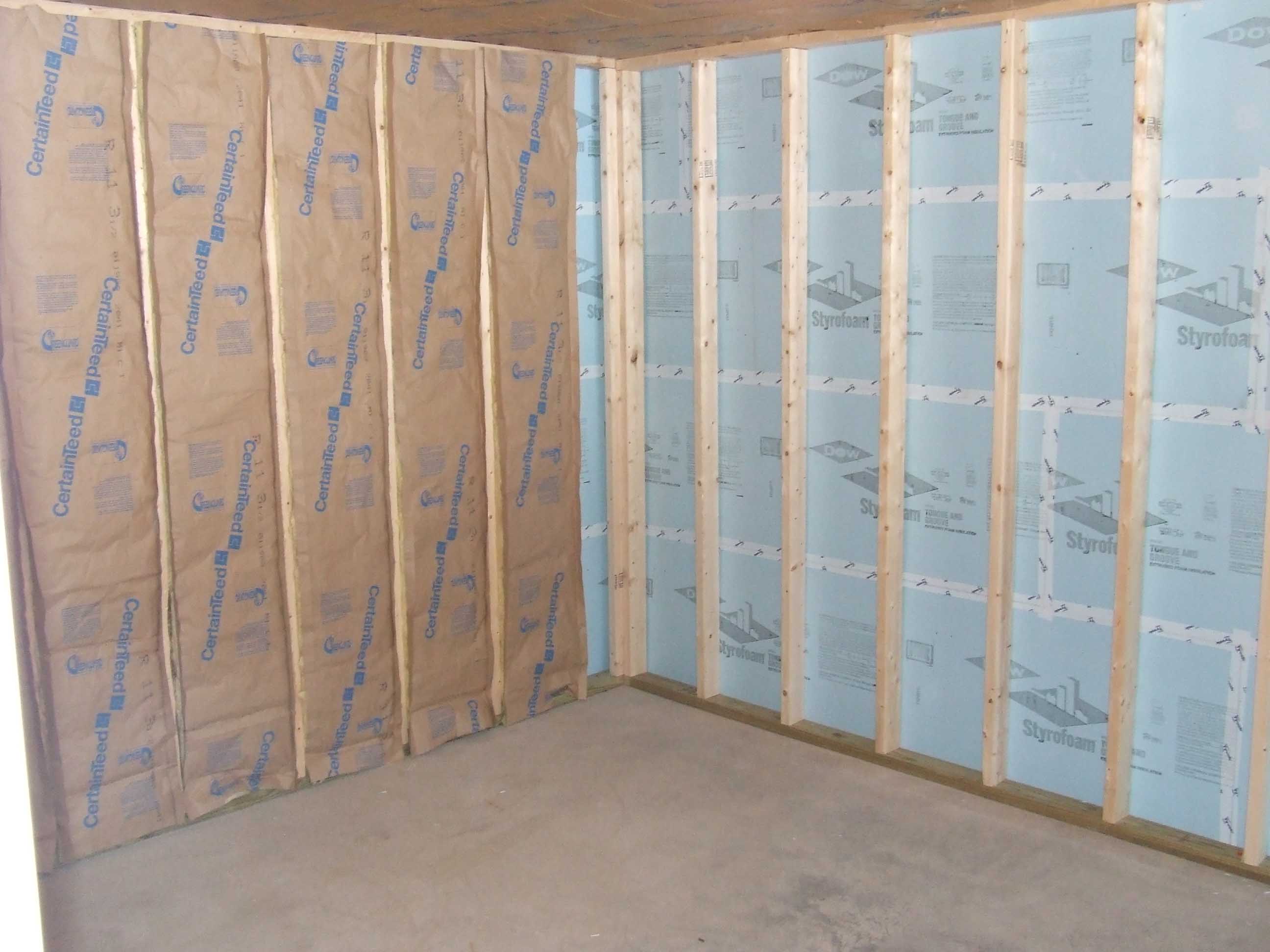
Best Methods For Insulating Basement Walls
Installing Spray Foam Insulation. 1. Choose your preferred spray foam insulation. Spray foam insulation is more expensive than foam board and fiberglass insulation, but it can be preferable since it yields a higher R-value. Remember, you can use either open-cell, closed-cell, or a combination. 2.

How To Insulate Basement Walls In Ontario Eco Spray Insulation
With the correct insulation, your basement can stay warmer in the winter by keeping the cold from penetrating your basement walls, and cooler in the summer by adding a layer between you and the hot air outside. This will help lower your heating and cooling costs and save you energy. Shop All Insulation Things to Remember Before Starting
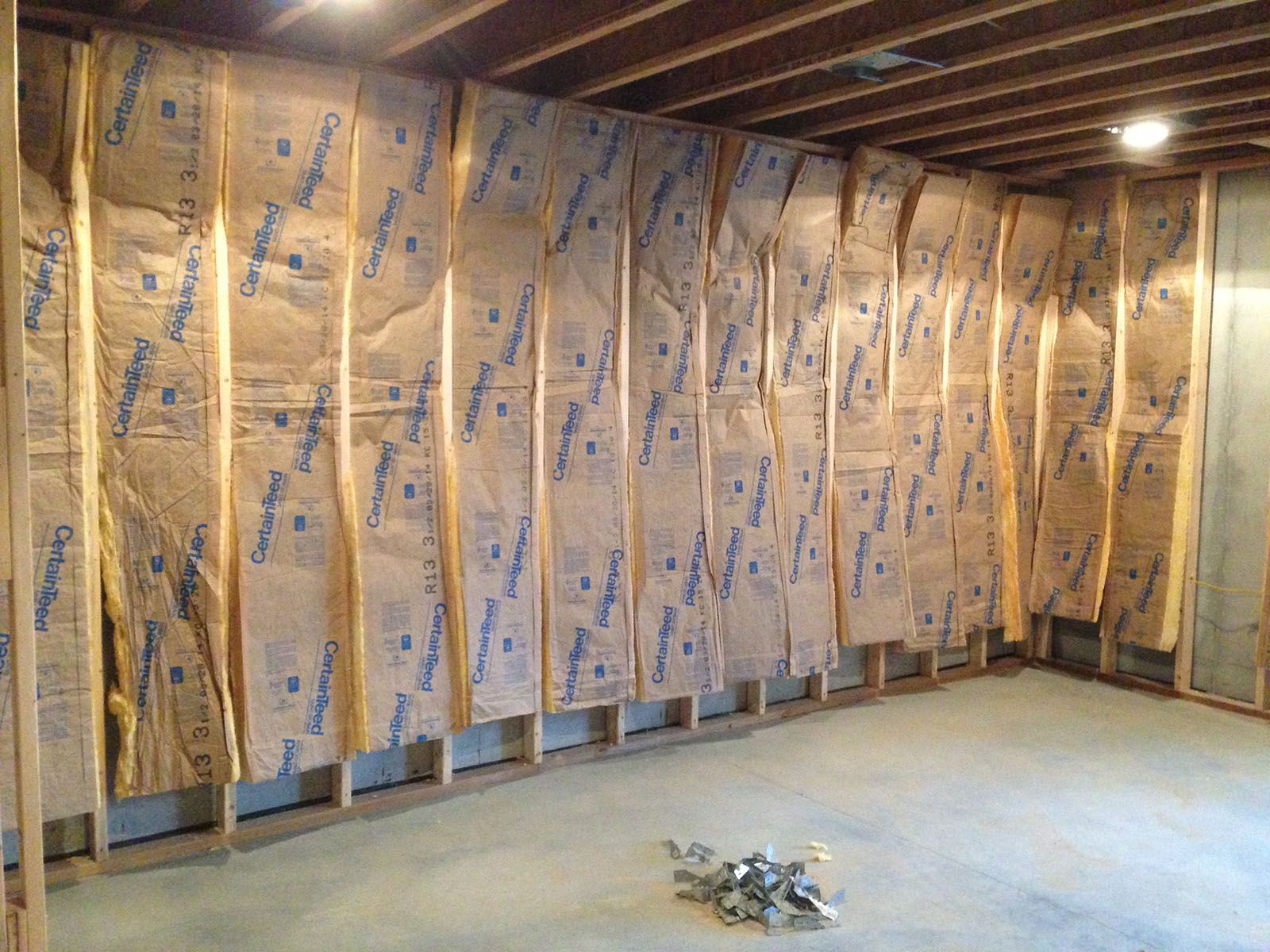
How To Insulate A Basement Wall
Directly under the snow, the top few inches of soil might be 15°F. Two feet lower, the soil temperature might be 32°F. At 5 feet below grade, the soil temperature might be 40°F. Under the basement slab, the soil temperature might be 50°F or 55°F. Now let's look at the foundation wall.
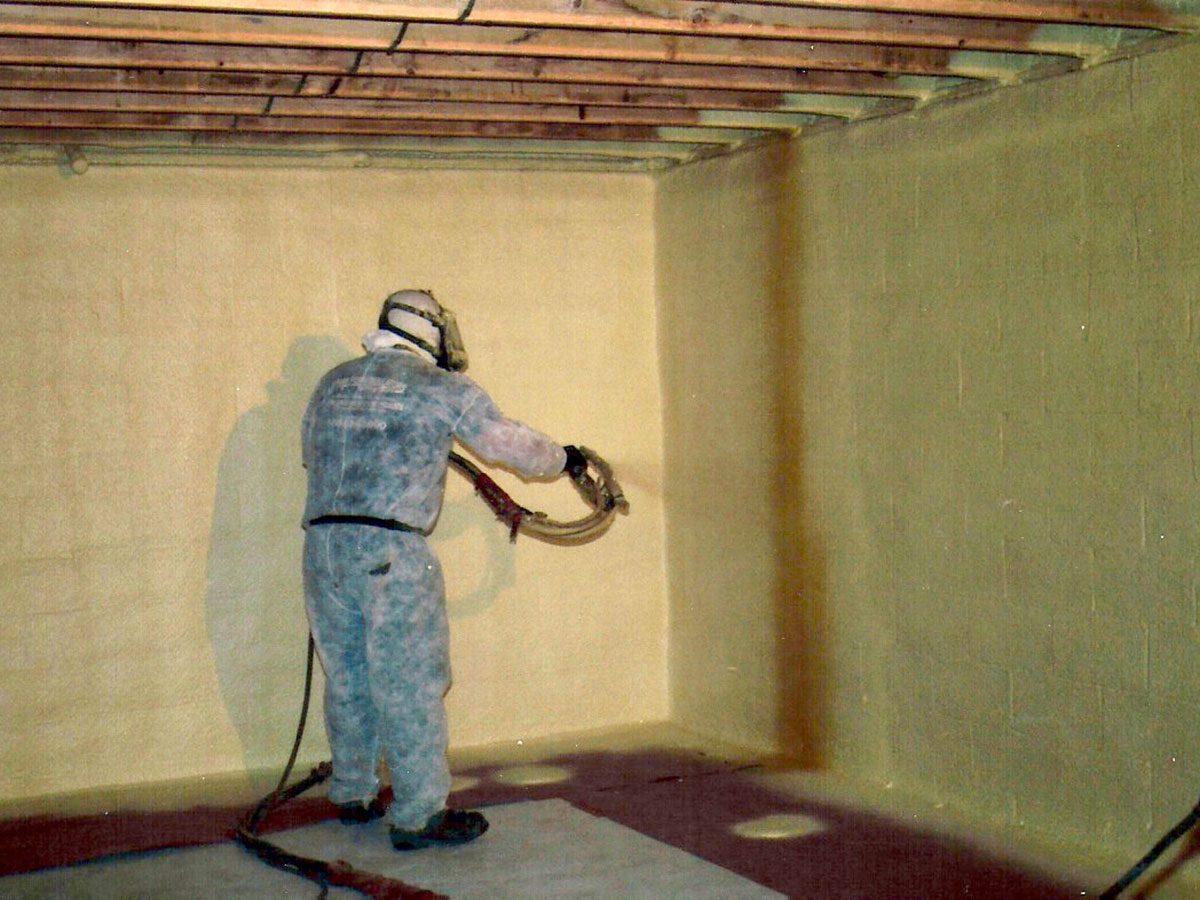
How to Insulate Basement Walls in Ontario with Professionals
Fans and ventilation in your home disperse the moisture to stop mold. However, when the ventilation isn't working, mold can grow around bathroom fans and within the vents. Putting our best effort, we will make your home a safe place to live in. Which Part to Insulate in the Basement?

Installing Foam Board Insulation On Basement Walls Openbasement
June 11, 2020 This article details how to insulate basement walls in Ontario for both new home construction and retrofits. While DIY insulation can be effective in some scenarios, GNI strongly recommends that you use an industry professional for your basement insulation upgrades.
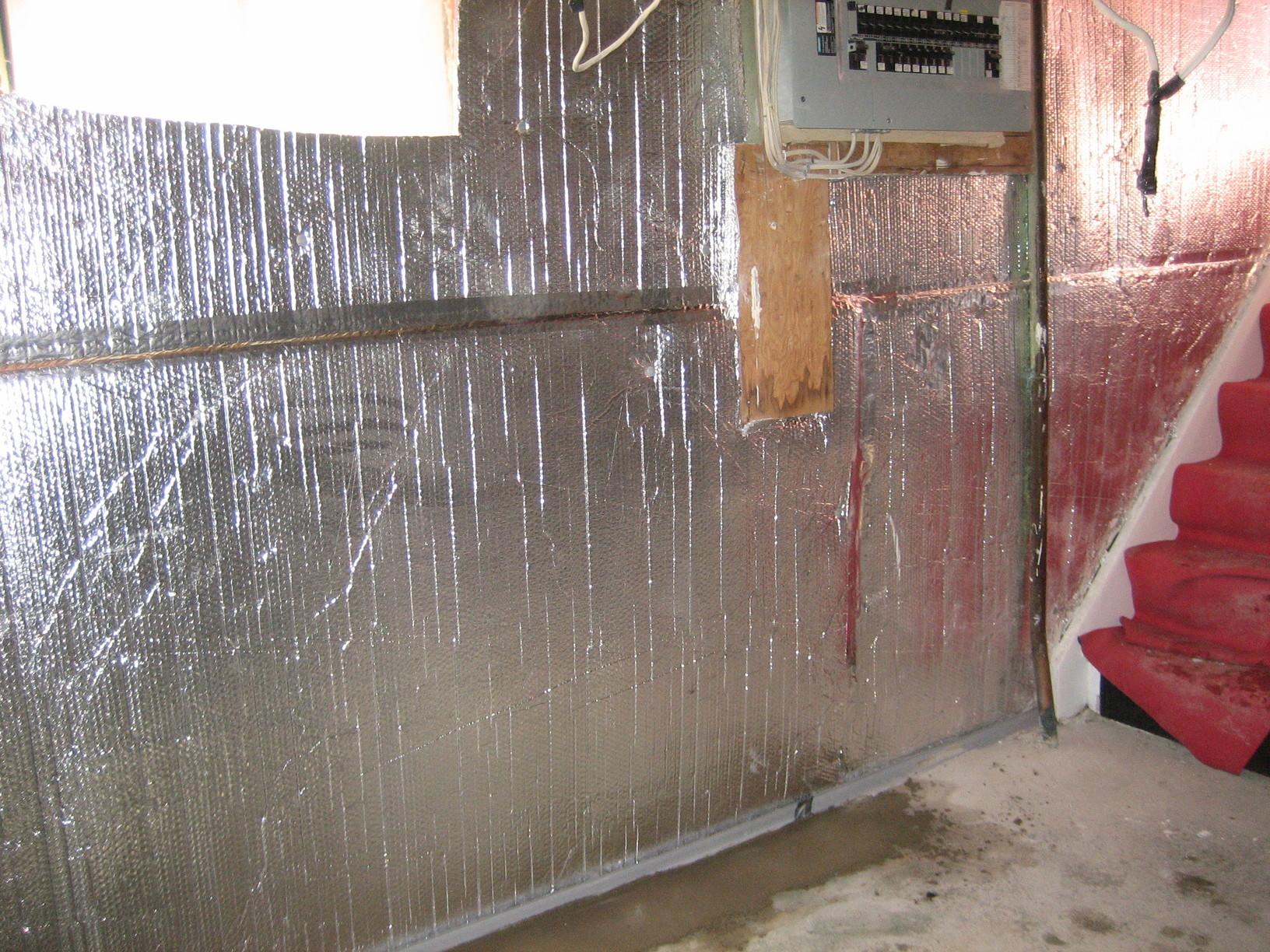
Basement Waterproofing ThermalDry Walls for Basement Insulation and
According to a report published by the U.S. Department of Energy, the annual savings attributable to R-20 basement insulation in a 1,500-square-foot home ranged from $280 per year in Washington, DC to $390 per year in Buffalo, New York, assuming that natural gas costs $0.72/therm.

Basement Waterproofing ThermalDry Walls for Basement Insulation and
The first step is to make sure your basement is dry. Before installing any interior-wall insulation, verify that your basement doesn't have a water-entry problem. Next, consider your climate zone and code-minimum R-values.
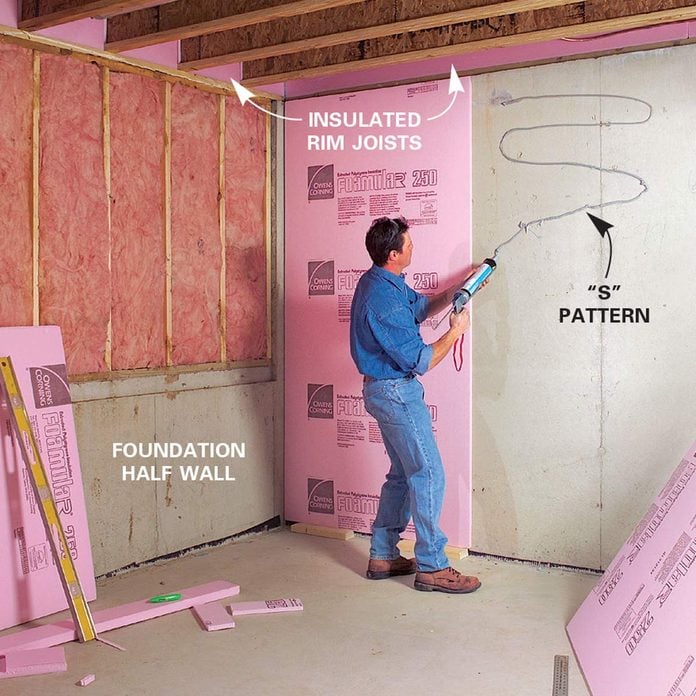
Basement Finishing How to Finish, Frame, and Insulate a Basement (DIY)
Follow the following steps. Step 1: Stud wall construction According to construction codes, insulation must be fully covered. Thus, you should construct wall frames before the installation of your preferred insulation. Make 2×2 wooden boards and install them over 16″ along the walls.
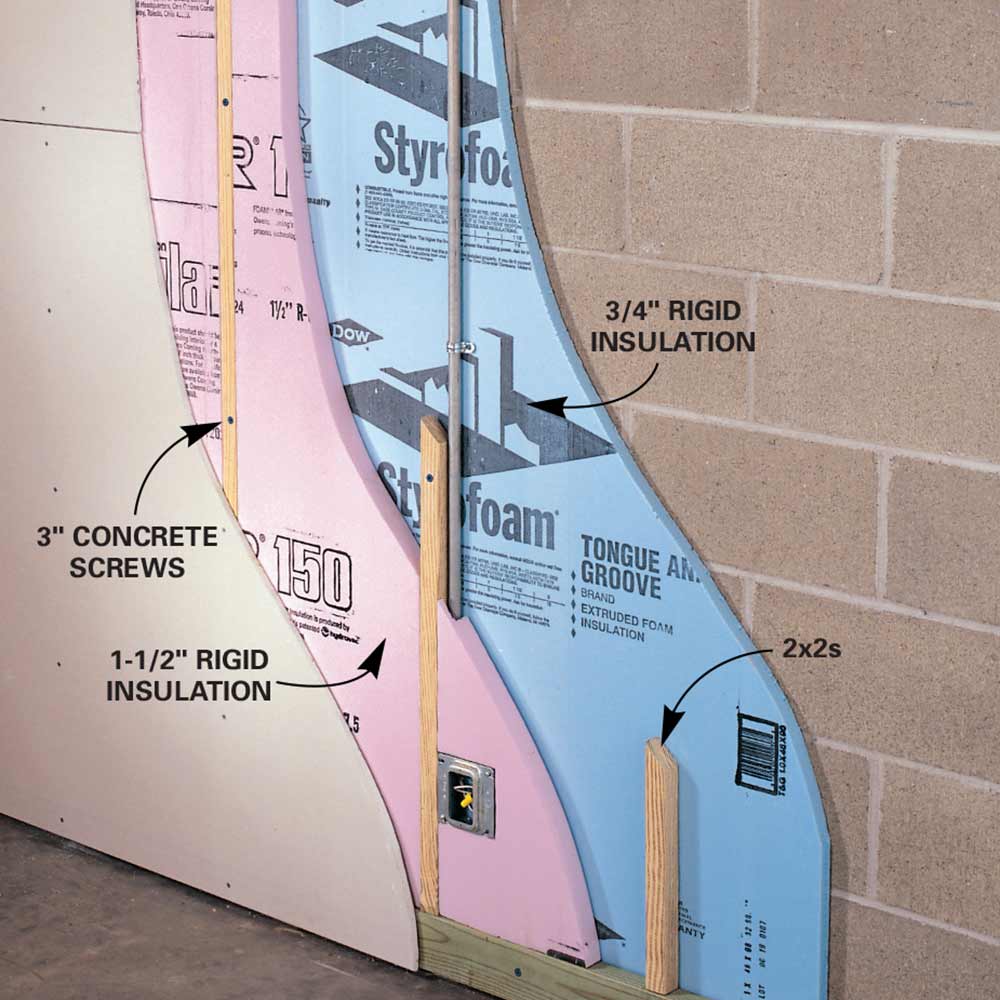
‘Sealing the deal’ for a dry, moldfree basement Canadian Contractor
Introduction Turn your unfinished basement into beautiful, functional living space. Framing basement walls and ceilings is the core of any basement finishing project. Learn how to insulate and frame the walls and ceilings, build soffits, frame partition walls and frame around obstructions. Tools Required Caulk gun Chalk line Circular saw